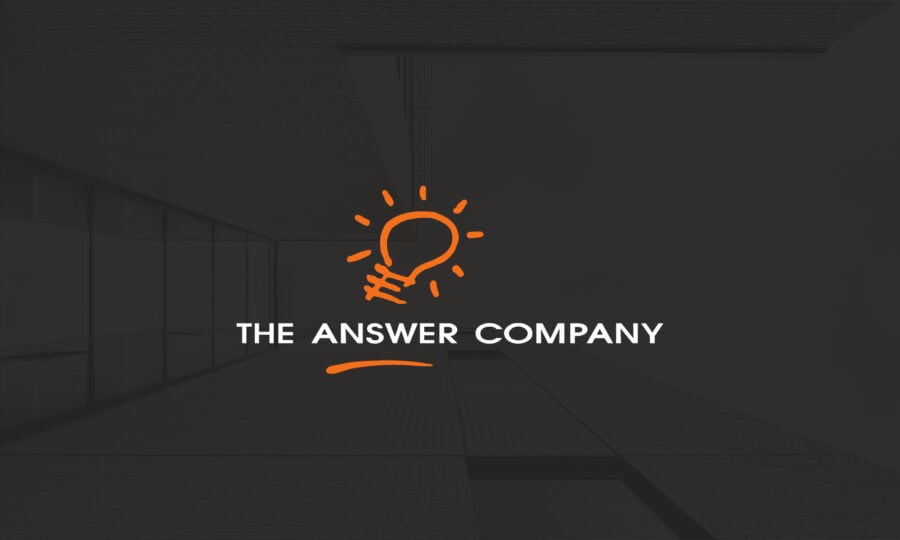What Every CFO Should Know about RPA, ML, and AI
What Every CFO Should Know about RPA, ML, and AI
Finance departments reduced costs by almost 30% over the past decade. Indeed, today’s finance leaders are able to spend 19% more time on value-added work (versus transaction processing) activities than their counterparts did just ten years ago. Automation technologies are the primary drivers of that efficiency — technologies that include Robotic Process Automation (RPA), Machine Learning, and Artificial Intelligence (AI).
What are the basics every CFO should know about these technologies to begin incorporating the cost-saving and efficiency-boosting benefits? Sage Intacct recently published an informative e-book on the topic, RPA, Machine Learning, and AI: What Every CFO Needs to Know, and here we add a bit more context to help drive the benefits home.
Bringing structure to unstructured data
For most finance teams, the goal of automation is simple: move from manual workflows to automatic workflows to reduce the touchpoints, errors, and inefficiencies involved in data exchange. It’s much easier to automate workflows when data is structured. Structured data is data stored and exchanged in precise, defined formats, such as that used for electronic data interchange (EDI). EDI works because each EDI-compliant system knows exactly what it’s exchanging — the file formats are rigidly defined.
Most business data, however, is unstructured — it comes to us as paper, email, and PDFs. Getting this information from one system to another without automation requires manual, repetitive processes, including data entry, reconciliations, and exception management. These are time-consuming, error-prone methods of data exchange, which can delay the close by days or even weeks.
So, the challenge is how to turn unstructured data into structured data. That’s where RPA, Machine Learning, and AI can help.
RPA — it’s about the bot
RPA refers to software applications that allow you to configure software robots (bots) to perform specific rules-driven processes automatically. RPA bots are adept at automating repetitive and routine data entry tasks — typically tasks with clear conditions, such as “if this, do that, if not, then do this other thing.” One simple use case example would be to train a bot to review a PDF invoice, extracting pieces of data and plugging that data into your accounting system.
Machine Learning — school is in session
Machine Learning takes automation a giant step beyond RPA. Considered a subset of AI, its strength is that it can “learn” from the data it’s exposed to — and it’s a straight-A student. You know when you’re shopping on Amazon and the site offers up additional product recommendations related to the item you’re looking at? That’s a real-world example of Machine Learning. In your finance department, Machine Learning tools can receive an invoice, match it to a purchase order using two- or three-way match, determine the GL code, and move the invoice in a batch of payments to release pending final approval.
AI — smart stuff
AI takes Machine Learning to a more cerebral level. AI thinks and learns from patterns in data and gets smarter over time. That learning allows it to do something really special — predict what may happen next. This “predictive accuracy” means that AI tools can help forecast, identify patterns of activity, and detect outliers — allowing you to take proactive informed action. A real use case for AI is the AI-powered timesheet feature in Sage Intacct. The feature uses a combination of Machine Learning and AI to create timesheet entries from calendar events leading to more billable time captured, faster timesheet completion and submittals, and quicker invoicing.
As automation tools become more sophisticated and powerful, they also become more affordable and accessible — putting them within the reach of most CFOs and finance teams. Many accounting applications — Sage Intacct included — are levering automation in innovative ways that promise to bring structured to unstructured data, saving time and money and allowing you to continue to focus on adding value to the organization.
Download the e-book RPA, Machine Learning, and AI: What Every CFO Needs to Know, or contact a member of our consulting team to learn more.
